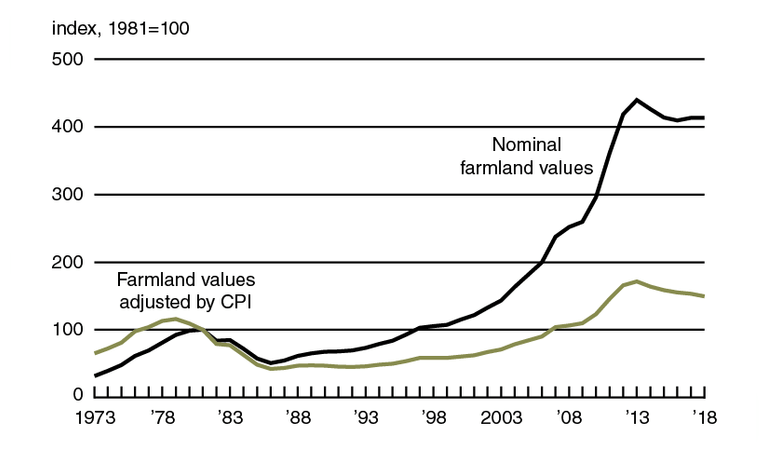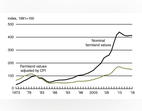40+ Years in Business - Your Auction & Real Estate Experts.
40+ Years in Business - Your Auction & Real Estate Experts.
Posted on February 14, 2019 | By Andrew Wilson
- AgLetter: February 2019 – Federal Reserve
This issue of Federal Reserve’s Ag Letter sheds some light on the current farmland market conditions in the 7th District.
From our perspective: liquidity remains solid and location very much matters. But we concur that farmland values will remain steady in Indiana and Illinois with several bright spots and very few weak spots. Check out some of our key takeaways.
Farmland Values
Credit Conditions

2019 and Beyond
Due to the steady farmland values in our district, it’s estimated that only 2.4% of current borrowers will fail to qualify for new operating credit. These estimates are even lower in Indiana and Illinois thanks to record-setting yields, but other sectors and states contribute to these overall percentages. Experts expect to see higher agriculture loan volumes in 2019, as well as lower volumes in other areas such as grain storage, farm machinery, dairy and more. The decrease in future lending indicates that capital expenditures by farmers will most likely be lower in 2019 than in the previous year. However, we agree with 75% of surveyed bankers that farmland values will remain steady in Indiana and Illinois, leading to several bright spots and very few weak spots in Q1 2019 and beyond.
Want to take a more in-depth look? You can find the entirety of Federal Reserve’s February 2019 Ag Letter here.





